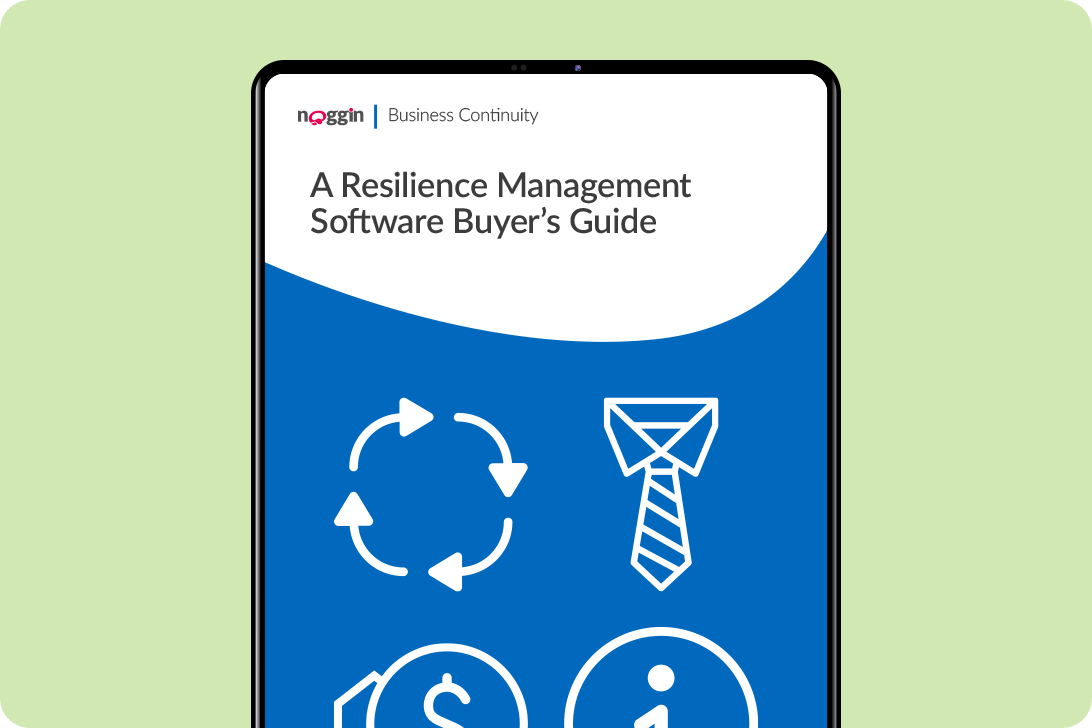Request a Demo
Fill in the form below and we will contact you shortly to organised your personalised demonstration of the Noggin platform.
Meet Noggin
An integrated resilience workspace that seamlessly integrates 10 core solutions into one, easy-to-use software platform.
The Noggin Platform
The world's leading integrated resilience workspace for risk and business continuity management, operational resilience, incident & crisis management, and security & safety operations.
Industries
Explore Noggin's integrated resilience software, purpose-built for any industry.
Bridging the Gap between Safety Management and Crisis
Best Practice Guide
A guide to worker wellbeing during crises and business continuity incidents
Crises of any form overwhelm affected organisations. The list of affected companies, however, is always dynamic, often increasing apace as the effects of a major safety and security event or emergency cascade out from the initial point of impact.
Such was the case with the 15 March 2019 Christchurch shootings at the Al Noor Mosque and Linwood Islamic Centre. The targeted mass shooting quickly became a major safety and security event for organisations outside of the immediate perimeter of the incidents, specifically Christchurch Hospital.
A mere two kilometres from Al Noor Mosque, Christchurch Hospital was only separated from the scene of the first shooting by Hagley Park, a large urban space. So close to the incident was the Hospital that witnesses of the shooting actually ran across the Park to warn Hospital staff to expect an influx in victims.
And come those victims did. They soon arrived in droves, by ambulance and car. Christchurch Hospital ended up treating in a matter of hours nearly three times the number of gunshot victims that peer hospitals treat in an entire year: 50-plus patients and 30-plus surgeries over the course of a day, with many patients receiving multiple surgeries.
This sharp uptick in patients was enough for the Emergency Room to activate its major incident plan, a pre-planned response triggered when the Department has to treat ten or more patients. Not only were all resources in the Emergency Room mobilized (i.e. surgeons, nurses, coordinators, orderlies, and social workers), but care providers and other staff from around the hospital were also called in or volunteered, whether they were on site or off.
Download the full guide to continue reading >>



